Description
What is Cervical Peek Cage?
A Cervical Peek Cage is a medical device used in cervical spinal fusion surgery to treat a variety of conditions that affect the neck and cervical spine. The device is designed to promote fusion between two adjacent vertebrae, which helps to restore stability to the spine, alleviate pain, and reduce pressure on the nerves.
The Cervical Peek Cage is typically made of a biocompatible material called polyetheretherketone (PEEK), which is a strong and durable polymer that is widely used in medical devices. The PEEK material is radiolucent, which means that it does not interfere with X-ray or other imaging techniques, allowing doctors to monitor the healing process after surgery.
The Cervical Peek Cage is available in different sizes and shapes, and can be customized to match the specific anatomy of the patient’s cervical spine. The device is inserted between two adjacent cervical vertebrae after the damaged or diseased disc has been removed. The Cervical Peek Cage helps to restore the normal height and curvature of the spine, and provides support and stability to the affected spinal segment.
Cervical Peek Cage is used to treat a variety of spinal conditions, including degenerative disc disease, herniated disc, spinal stenosis, and cervical spondylolisthesis. The device may be used alone or in combination with other spinal fusion techniques, such as bone grafts or metal screws and rods, depending on the specific needs of the patient.
It is important to note that Cervical Peek Cage is a medical device that should only be used under the guidance of a qualified healthcare provider. Patients should consult with their surgeon for detailed information on the specific surgical procedure, risks and benefits, and postoperative care plan.
What are the types of Cervical Peek Cage?
There are several types of Cervical Peek Cage available, which can vary in design, shape, size, and features. Here are some of the most common types of Cervical Peek Cage:
- Standard Cervical Peek Cage: This is the most common type of Cervical Peek Cage, and is designed to fit between two adjacent cervical vertebrae to provide support and stability.
- Expandable Cervical Peek Cage: This type of Cervical Peek Cage is designed to expand after insertion, allowing it to conform to the shape of the surrounding vertebrae and provide a more customized fit. This can help to improve fusion rates and reduce the risk of complications.
- Stand-alone Cervical Peek Cage: This type of Cervical Peek Cage is used alone without the need for additional fixation devices such as screws or rods. It is designed to provide stability to the affected spinal segment while promoting fusion.
- Cervical Peek Cage with integrated screws: This type of Cervical Peek Cage has screws integrated into the device itself, which can simplify the surgical procedure by reducing the need for additional hardware.
- Zero-profile Cervical Peek Cage: This type of Cervical Peek Cage is designed to minimize the risk of postoperative complications by reducing the overall size of the implant. It is used alone without the need for additional fixation devices, and is typically placed through a smaller incision.
The specific type of Cervical Peek Cage used will depend on the patient’s individual needs, the severity and location of the spinal condition, and the surgeon’s preferred surgical approach. It is important for patients to discuss their options with their healthcare provider to determine the best treatment plan for their specific situation.

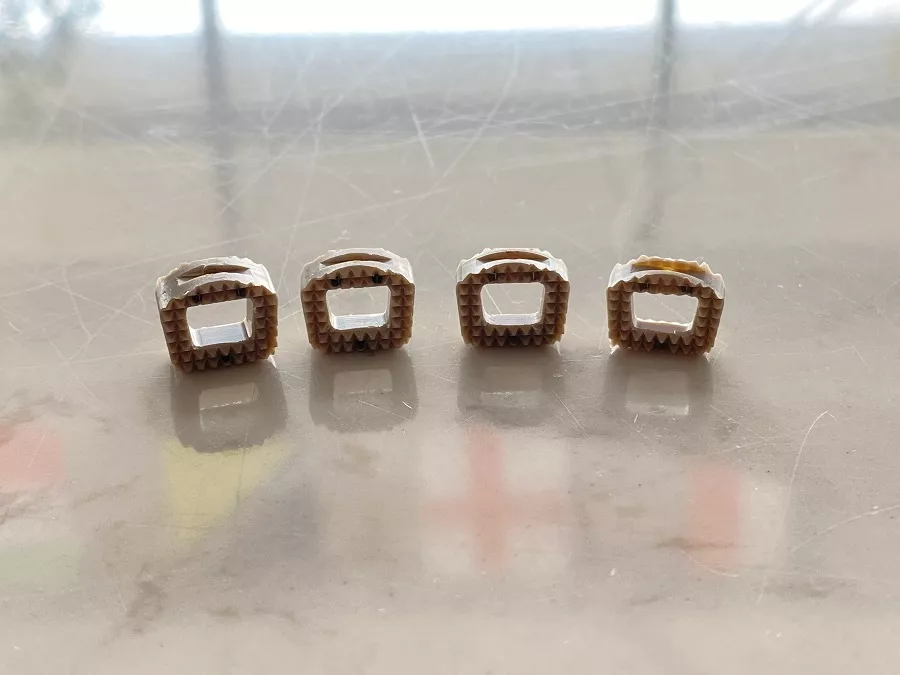
How to use Cervical Peek Cage?
The use of Cervical Peek Cage in spinal fusion surgery should only be performed by a qualified healthcare professional, such as a spine surgeon or neurosurgeon, in a hospital or surgical center.
Here are the general steps for using Cervical Peek Cage:
- Patient Preparation: The patient is placed under general anesthesia and positioned on the operating table in a way that allows access to the cervical spine.
- Incision: The surgeon makes a small incision in the front or back of the neck, depending on the specific approach used.
- Removal of Damaged Disc: The surgeon removes the damaged or diseased disc from between the two adjacent cervical vertebrae.
- Insertion of Cervical Peek Cage: The Cervical Peek Cage is carefully inserted into the empty disc space between the vertebrae. The device is designed to fit snugly between the vertebrae, providing support and stability to the affected spinal segment.
- Completion of Surgery: Once the Cervical Peek Cage is in place, the surgeon may choose to use additional fixation devices such as screws, plates, or rods to further stabilize the spine. The incision is then closed with sutures or staples, and the patient is taken to the recovery area.
After surgery, the patient will be closely monitored by healthcare professionals to ensure proper healing and to manage pain and other symptoms. Recovery time can vary depending on the specifics of the surgery and the patient’s individual health status.
What are cervical cage with screw used for?
Cervical Peek Cage is a medical device used in spinal fusion surgery to treat certain conditions affecting the cervical spine (the neck region of the spine). The device is designed to replace a damaged or diseased intervertebral disc and provide stability and support to the affected spinal segment. Some of the conditions that Cervical Peek Cage may be used to treat include:
- Herniated Disc: This occurs when the soft, jelly-like center of a spinal disc pushes through a tear in the outer layer, causing pain and other symptoms.
- Degenerative Disc Disease: This is a condition where the discs in the spine begin to wear down and lose their cushioning effect, causing pain, stiffness, and other symptoms.
- Spinal Stenosis: This is a condition where the spinal canal narrows, putting pressure on the spinal cord and nerve roots and causing pain, numbness, and weakness.
- Spondylolisthesis: This is a condition where one vertebra slips out of place and onto the vertebra below it, causing pain, nerve compression, and other symptoms.
Cervical Peek Cage is designed to promote spinal fusion, a process in which two adjacent vertebrae are fused together into a single, solid bone. The device is made of biocompatible material, typically polyetheretherketone (PEEK), which allows for bone growth and fusion to occur. The use of Cervical Peek Cage can help to restore stability to the spine, reduce pain, and improve overall function and quality of life for patients with certain spinal conditions.
How to Buy High Quality Cervical Peek Cage?
The purchase of Cervical Peek Cage should only be made by qualified healthcare professionals or medical facilities. Here are some general steps to consider when buying high-quality Cervical Peek Cage:
Identify Reputable Suppliers: Research and identify reputable suppliers of Cervical Peek Cage. Look for suppliers that have a track record of providing high-quality medical devices and have good reviews from customers.
Consider Certification and Regulatory Compliance: Check that the supplier has proper certification and regulatory compliance from relevant authorities. For example, in the United States, the supplier should be registered with the U.S. Food and Drug Administration (FDA).
Verify Product Quality: Verify the quality of the Cervical Peek Cage by checking for product specifications, such as the material used, dimensions, and design. Look for products that are made with high-quality, biocompatible materials that are designed for spinal fusion surgery.
Check Availability and Delivery Times: Check the availability and delivery times for the Cervical Peek Cage. Make sure that the supplier has enough inventory to meet your needs and that they can deliver the product within the desired timeframe.
Consider Cost: Compare the costs of Cervical Peek Cage from different suppliers. Be cautious of suppliers offering very low prices as this may be an indication of low-quality products or compromised safety standards.
Consult with a Medical Professional: Finally, consult with a qualified healthcare professional, such as a spine surgeon or neurosurgeon, to determine the specific type and size of Cervical Peek Cage needed for the patient. The healthcare professional may have recommendations or preferred suppliers to consider.

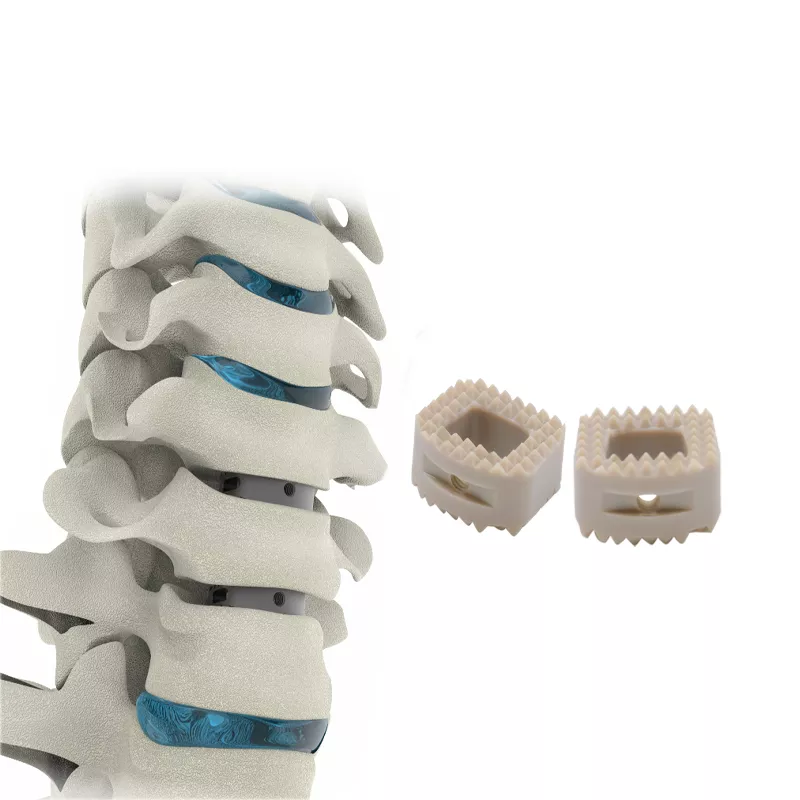

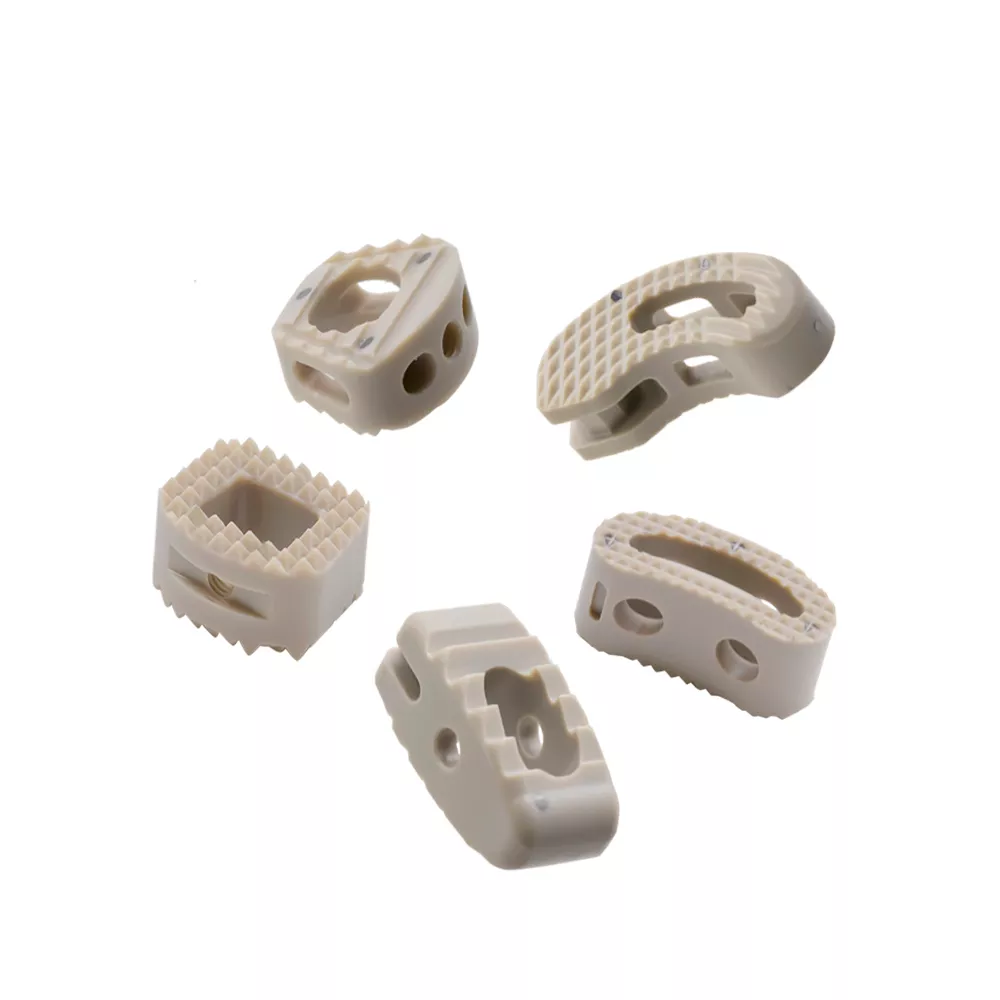

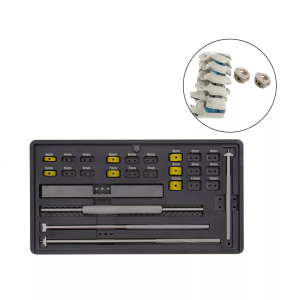
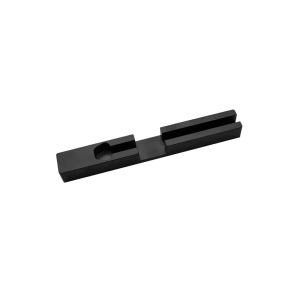
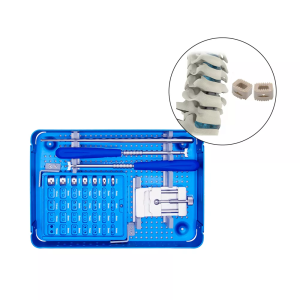
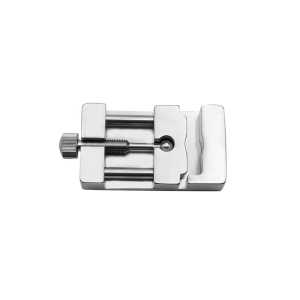
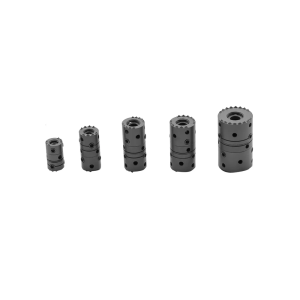
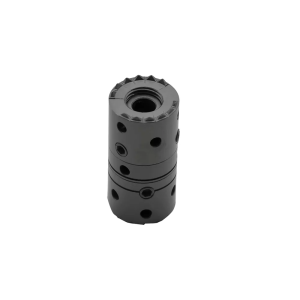
Reviews
There are no reviews yet.